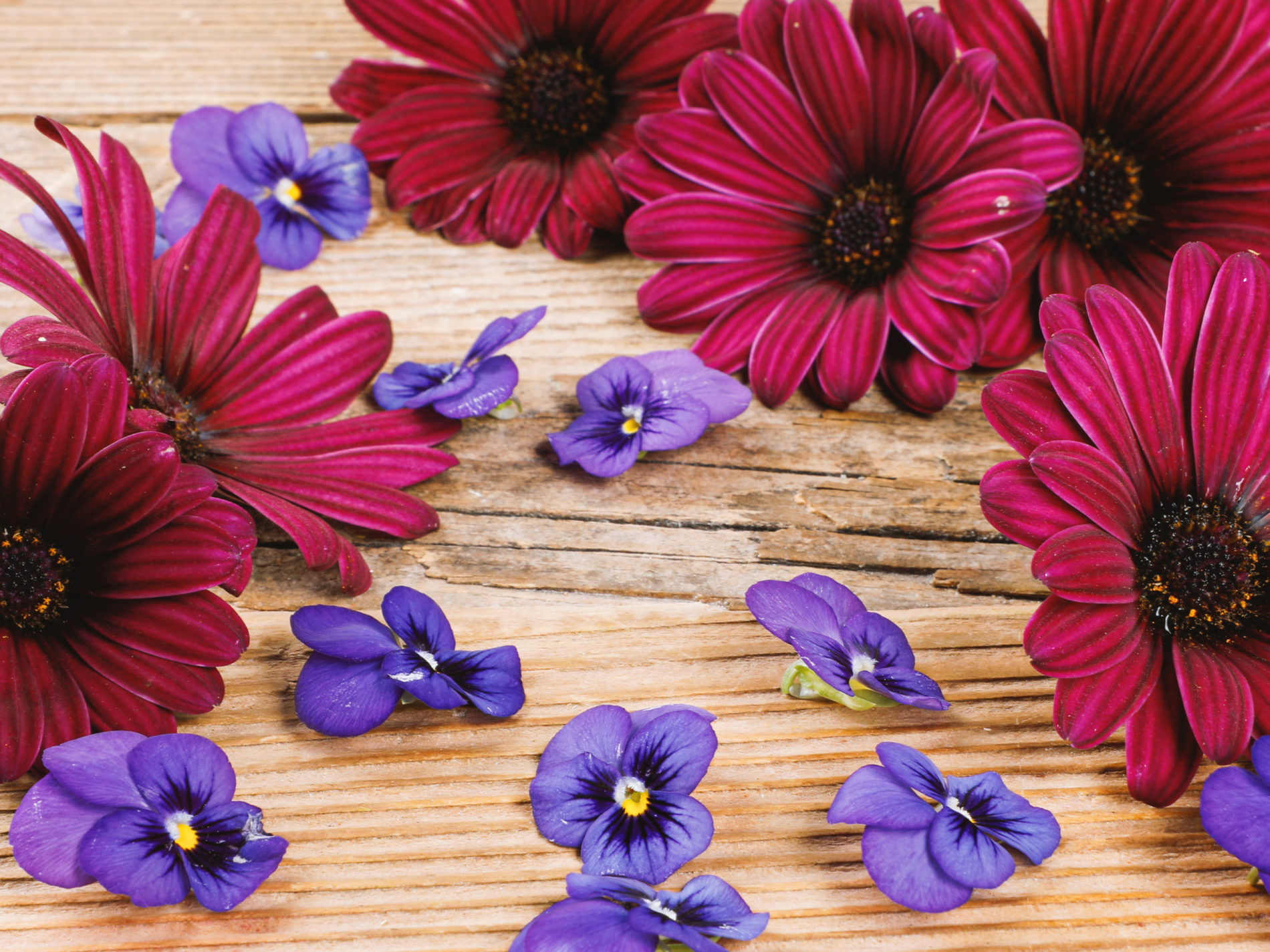The splashes of colour in the countless green flowerbeds mark the beginning of the flowering season every year. The coloured flowers in red, orange, yellow, blue or purple can be seen in both spring and summer. But did you know that the flowers are not merely eye-catchers in the flowerbed and on the lawn? We will tell you which flowers are edible and how to plant them.
Flowers are not only beautiful to look at, they are also important for the animal world. They attract honeybees, bumblebees, butterflies and other insects to pollinate plants and develop fruit. However, flowers are not only food for animals. We too can integrate plenty of flowers into our diet and use them in a variety of dishes.
Edible Flowers: More than Simply Decoration
Depending on the plant, both the leaves and the flowers are suitable for consumption. Some have an intense flavour, ranging from bitter to sweet to spicy. Particularly in drinks, flowers give off a distinct note, which transforms a number of drinks into unique creations.
Furthermore, edible flowers have been a valued ingredient in the medicine chest for years. For example, the flowers of chamomile can be used as a tea infusion to treat inflammation or flu. Lavender flowers are beneficial for more than just their delicious aroma — they also have a supportive effect on the stomach and intestinal issues. Calendula blossoms are delicious in salads and are particularly effective as an ointment for wounds.

Edible or Poisonous?
Unfortunately, you cannot tell just by looking at the flowers whether they are poisonous or edible. Typically, the colour is not meaningful and does not help in determining. Therefore, before consuming them, you should find out exactly whether the flowers, buds or leaves are actually edible. If you are not sure, leave the flowers be and enjoy their beautiful appearance instead.
The following flowers are edible: flowers of wild garlic, borage, buckwheat, daisy, elderberry, jasmine, nasturtium, cornflower, lavender, dandelion, pimpernel, marigold, rose, rocket, yarrow, chives, chives, garlic, thyme, violets, wild pansies and courgettes are considered edible.
These flowers are considered to be inedible or poisonous: Christmas rose, wolfsbane, angel trumpet, foxglove, laburnum, autumn crocus, lily of the valley, buttercup, hemlock, sweet clover, belladonna and nightshade plants such as tomatoes.
How to Use Edible Flowers
Whether fresh, dried, raw or cooked: edible flowers can be processed in a variety of ways. You can also marinate them in syrup, jelly, vinegar or alcohol, creating delicious food or medicine for your medicine chest. Herbal flowers are also very popular for refining savoury dishes. Not only is their appearance quite appealing, but their often sharp taste is too. Flower blossoms, on the other hand, add a refined note to sweet dishes and make drinks an extraordinary refreshment.
Daisies and the beautiful cornflower, for example, spice up a rather boring green salad or can be chopped up to create a homemade herb dip for your grilled vegetables. Even more popular are courgette flowers filled with cream cheese and fried, which are perfect as a main course or as a snack at a garden party.
How to Plant Your Own Edible Flowers
If you would like to plant flowers for use in beverages, salads and other foods, you should find out in advance whether they are suitable for consumption. Not every ornamental plant is edible. It is also worth checking whether the seeds have been treated with chemical pesticides. To avoid this, seeds or seedlings of organic quality are best suited.
Edible flowers are very easy to plant. Whether in the garden or in the flowerbed, the flowers can be planted in a variety of ways and often do not take up much space. They are usually very easy to care for and do not require any special requirements. Sunshine and regular watering are often enough to ensure that the flowers can be harvested in a timely manner. Tip: Keep the flowers in a bowl of cold water so you can use and enjoy them a few hours later.
When harvesting, make sure that the flowers are fully bloomed. A sunny morning is perfect for picking the flowers and processing them quickly. If the flowers have already withered, they will also lose their flavour.
If you follow these few tips, nothing stands in the way of you and a delicious salad with edible flowers or a refreshing cocktail with floral ice cubes, making the summer particularly colourful.











What do you think?